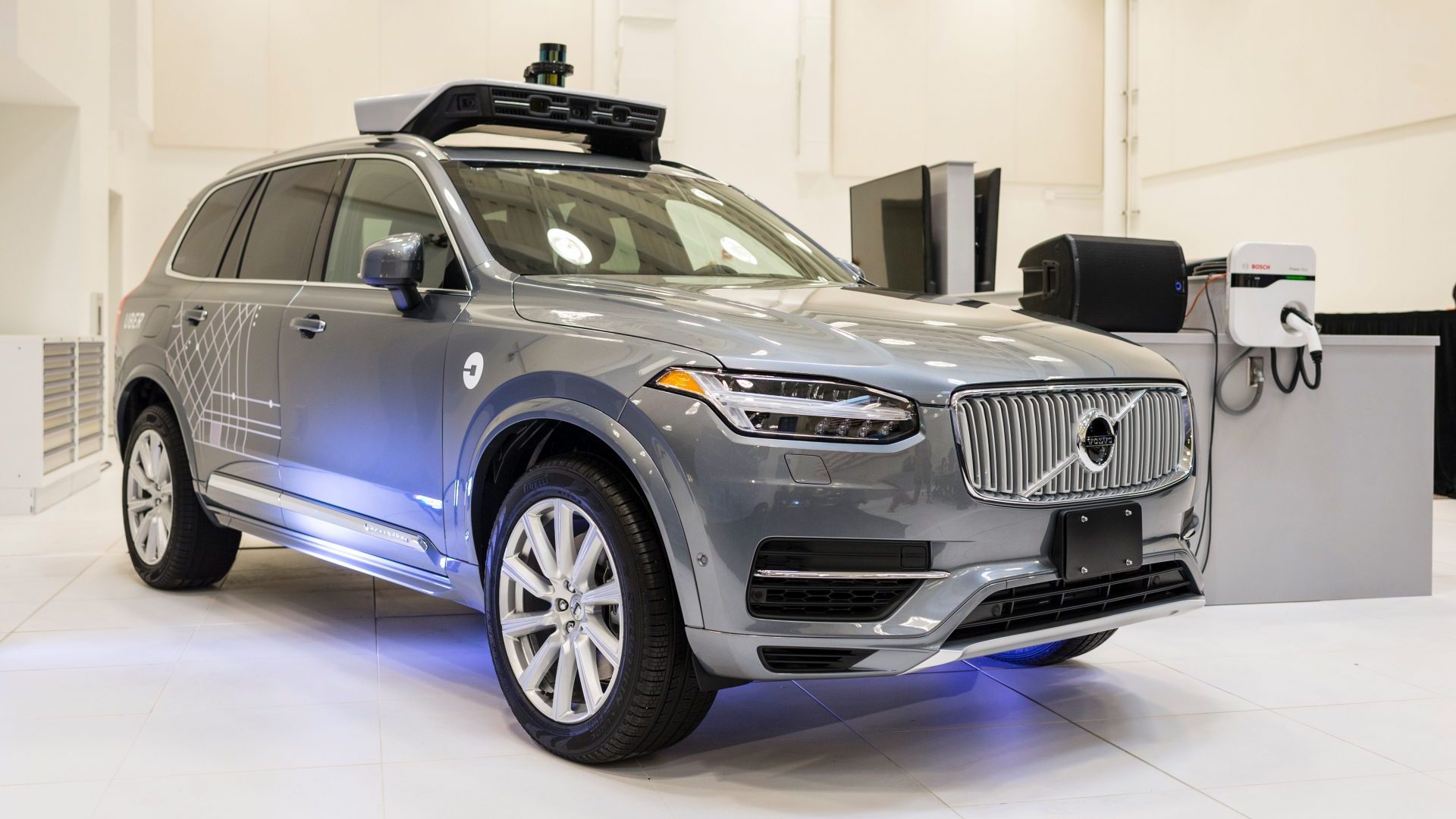

When Anthony Levandowski issued his statement last December arguing that Uber wouldn’t apply for an autonomous vehicle testing (AVT) permit because those rules didn’t apply to its technology, the vice president at Uber’s Advanced Technologies Group had already been pushing that same logic with the California Department of Motor Vehicles for several months, according to records obtained by The Verge.
Uber launched a pilot program using its fleet of self-driving Volvo XC90s and Ford Fusions late last year in San Francisco, and was shut down within a week by the DMV. At issue was the company’s refusal to apply for an AVT permit, which requires companies testing autonomous vehicles to post a $5 million insurance policy or bond, report accidents to the DMV, and submit reports detailing all instances and conditions when the driver had to resume control of the self-driving vehicle.
Levandowski was aware of these requirements, and had been emailing back and forth with the DMV since September about the capabilities of Uber vehicles equipped with Lidar, The Verge reports.
DMV deputy counsel Brian Soublet viewed an online video in September 2016 that showed what appeared to be a self-driving Uber operating in San Francisco. In an email to Levandowski, Soublet asked if the vehicle in the video was in autonomous mode, which wouldn’t be legally allowed because Uber didn’t have an AVT permit at that time.
Lewandowski responded in a series of back-and-forth emails with the DMV that vehicle logs show the driver was in control of the vehicle at the time the video was taken, that the technology visibly mounted on the car was “cool safety equipment” also used for mapping purposes, and that Uber’s vehicles weren’t autonomous because they required the presence of a driver to function.
The DMV defines autonomous vehicles as “any vehicle equipped with autonomous technology that has been integrated into that vehicle.” However, Uber argued that for a vehicle to be considered autonomous, it shouldn’t need a driver at all—and since its vehicles required the presence of a driver, its vehicles weren’t autonomous.
The state ultimately prevailed when it revoked Uber’s vehicle registrations for failing to mark the self-driving Volvos and Fords as test vehicles. Uber repeatedly said on a call with journalists that it believed the terminology in California Vehicle Code Section 38750 was vague, and that the company was not playing a game of semantics. Rather than comply with the state regulations to obtain an AVT permit—which the DMV offered to facilitate—it sent its fleet to Tempe, Arizona.
Legal experts contacted by The Drive surmised that the company’s motivation for defying the state was likely because it didn’t want to submit disengagement reports, which could expose the status of its autonomous technology. Uber’s self-driving vehicles in San Francisco were filmed running multiple red lights during the brief pilot, but Uber said that “human error,” rather than its autonomous technology, was responsible for the traffic violations, though the company didn’t provide logs or disengagement reports to back up that statement—a requirement for AVT permit holders. But internal company documents viewed by The New York Times show that vehicles were piloting themselves and were responsible for running six red lights.